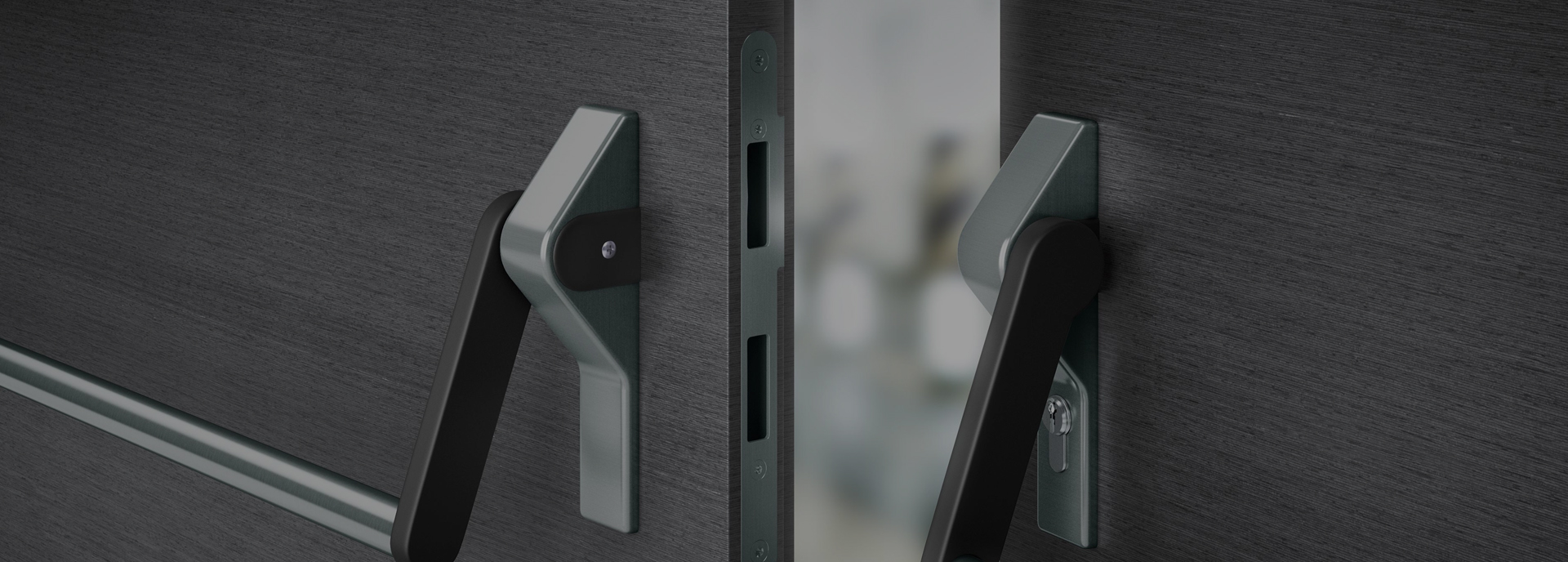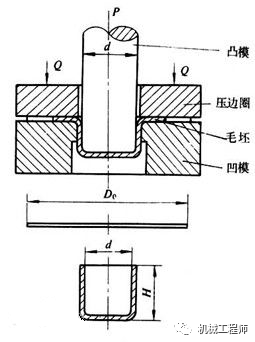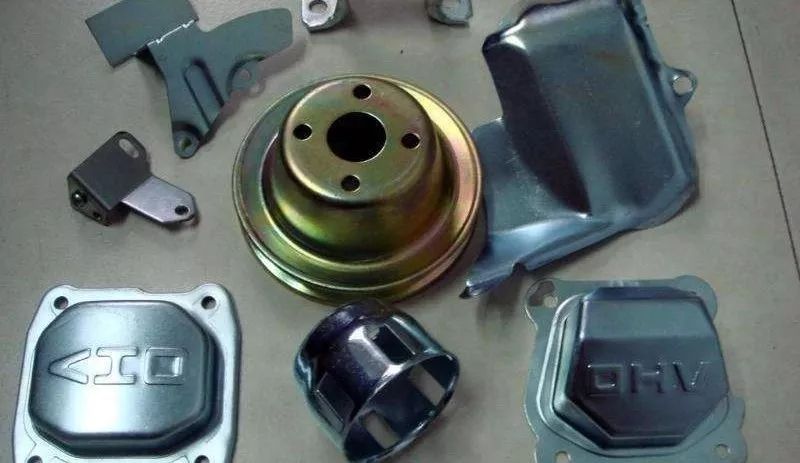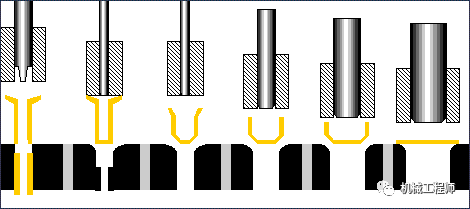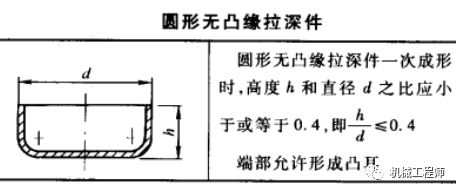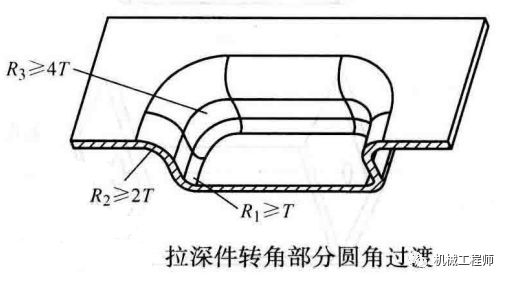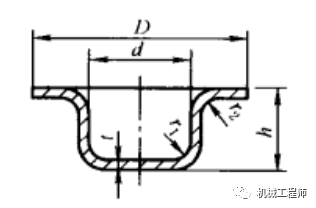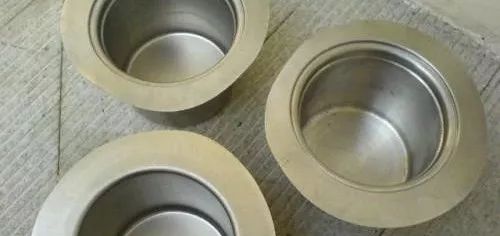The fifth layer of the skill of sheet metal design - deep drawing of sheet metal technology
1. The shape of the deep drawing
The shape of the deep drawing should be as simple and symmetrical as possible. Axisymmetric deep-drawing parts are uniformly deformed in the circumferential direction, and the mold processing is also easy, and its manufacturing performance is the best. For deep-drawn parts of other shapes, sharp contour changes should be avoided as much as possible.
2. The depth of the deep drawing
Depending on the nature of the sheet metal material, the depth of the circular deep drawing will have different limits, in general, the depth is generally not more than 0.2 times the diameter. The maximum depth that can be drawn for common metal materials is shown in the table below. Too much depth and it can be easily pulled apart. When designing the drawing parts, try to use a shallower drawing, because the shallower drawing has better manufacturing performance and lower cost than the deep drawing.
3. The corner of the deep drawing
The corners of the adjacent walls of the deep-drawing parts should be transitioned with an arc of suitable size to prevent the corresponding parts of the mold from being easily worn and stress concentration, and the right-angle connection is likely to cause the deep-drawing parts to be punctured.
As shown in the figure, the root fillet of deep drawing R1≥T, generally take R1=(3~5)T.
The deep-drawn top fillet R2≥2T, generally take R2=(5~8)T.
The rounded corners at the deep drawing corners are R3 ≥ 4T. In order to reduce the number of stretches, r3 ≥ H/5 should be taken as much as possible, so that it can be drawn out at one time.
If the design allows, the larger the above-mentioned fillet radius, the easier it is to draw.
5. The dimensional accuracy of the deep-drawn parts: the internal and external dimensions cannot be guaranteed at the same time
Due to the different stress on the drawn parts, the thickness of the material after deep drawing changes. Generally speaking, the center of the bottom maintains the original thickness, the material at the bottom rounded corners becomes thinner, the material at the top near the flange becomes thicker, and the material around the rounded corners of the rectangular stretch piece becomes thicker.
The dimensional accuracy of sheet metal parts should not be too high during deep drawing. At the same time, due to the change of wall thickness of sheet metal parts, sheet metal parts can only guarantee the internal or external dimensions of the feature during deep drawing, but cannot guarantee its internal and external dimensions at the same time. size.

